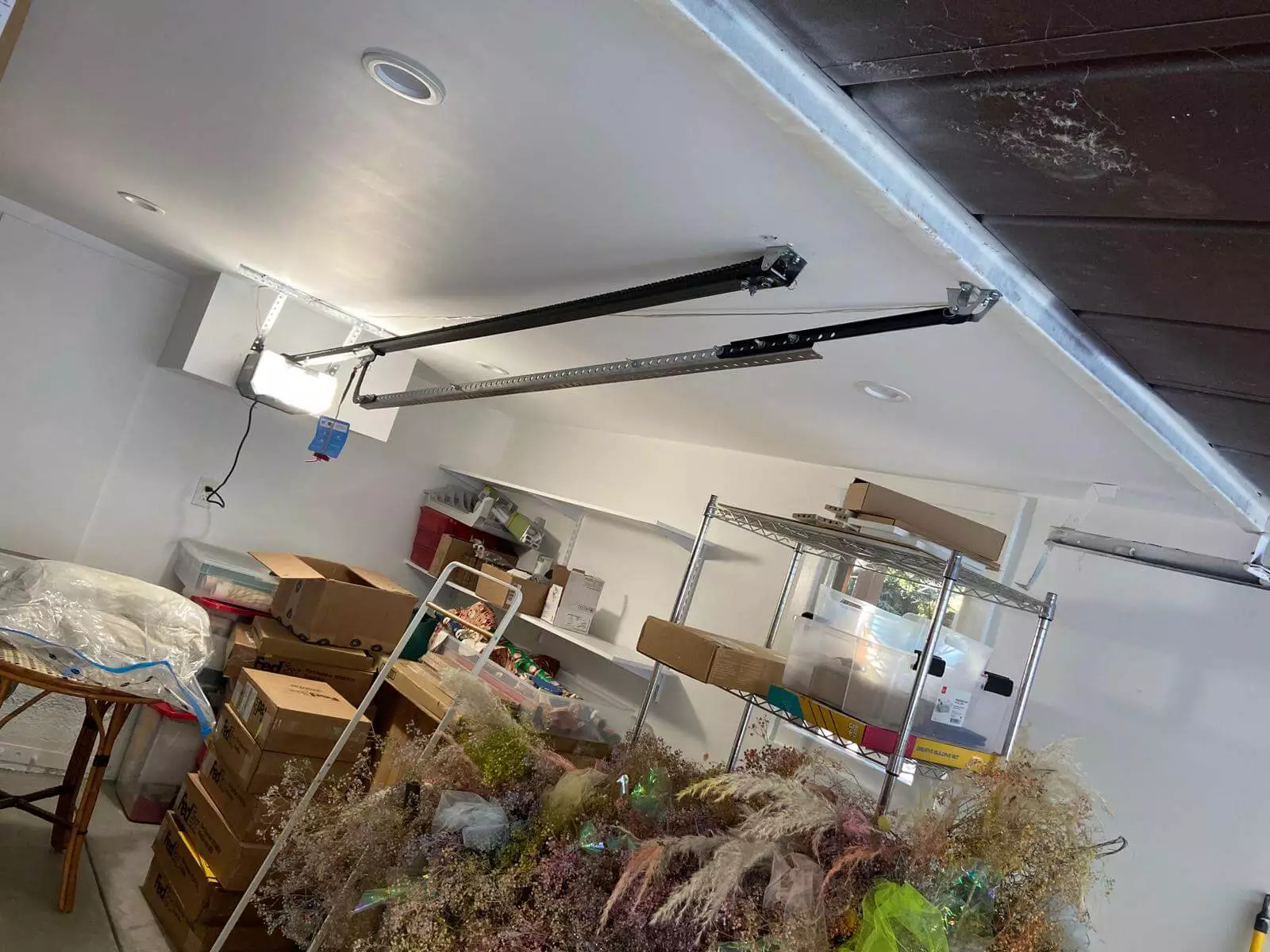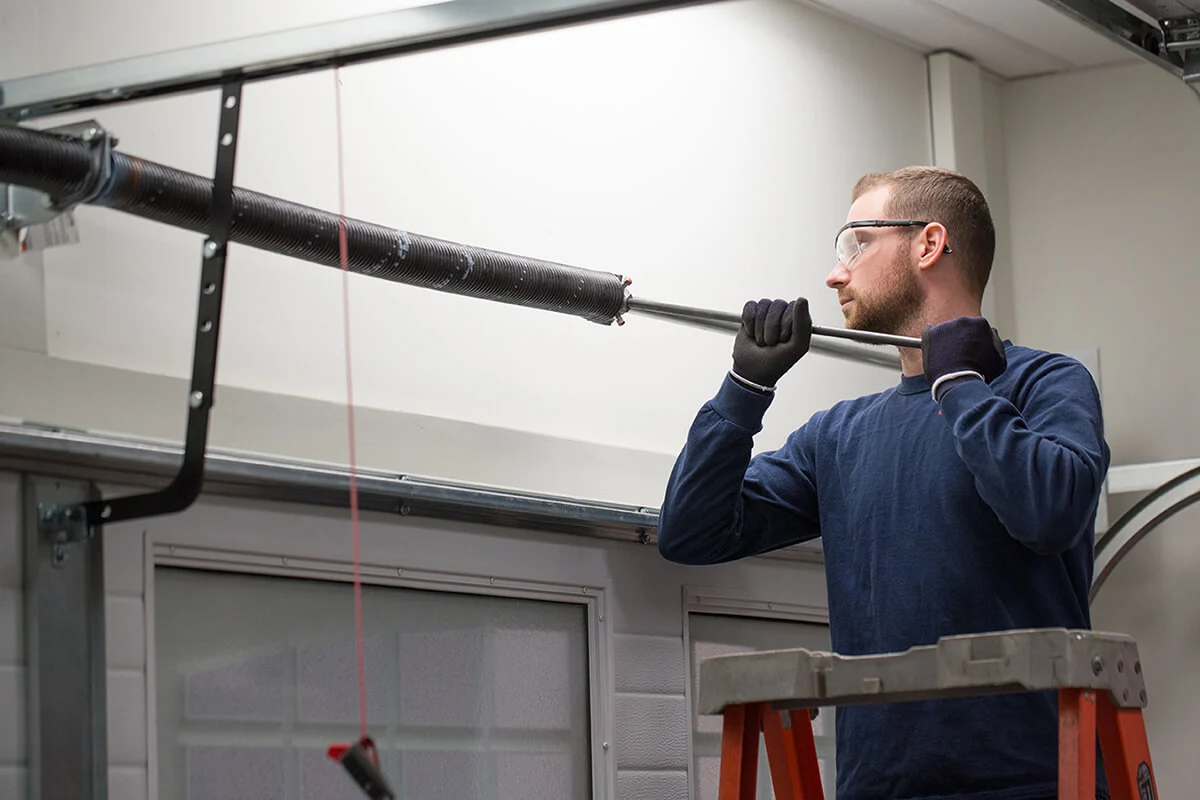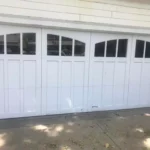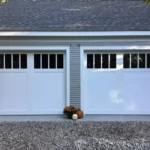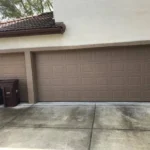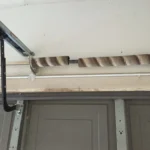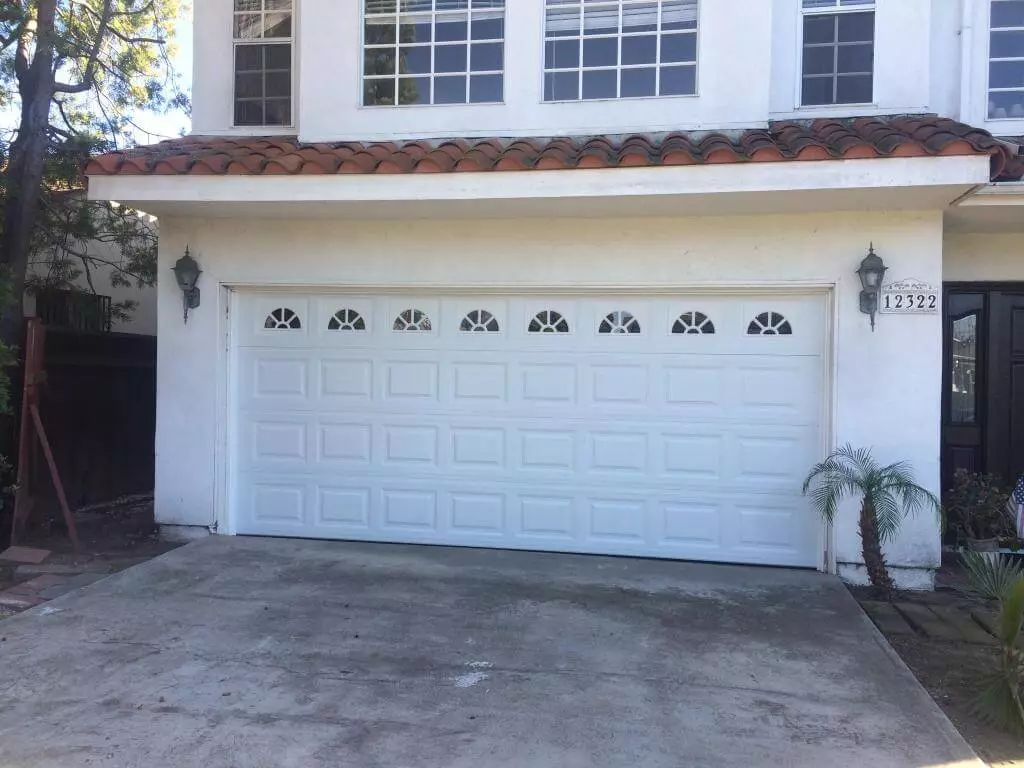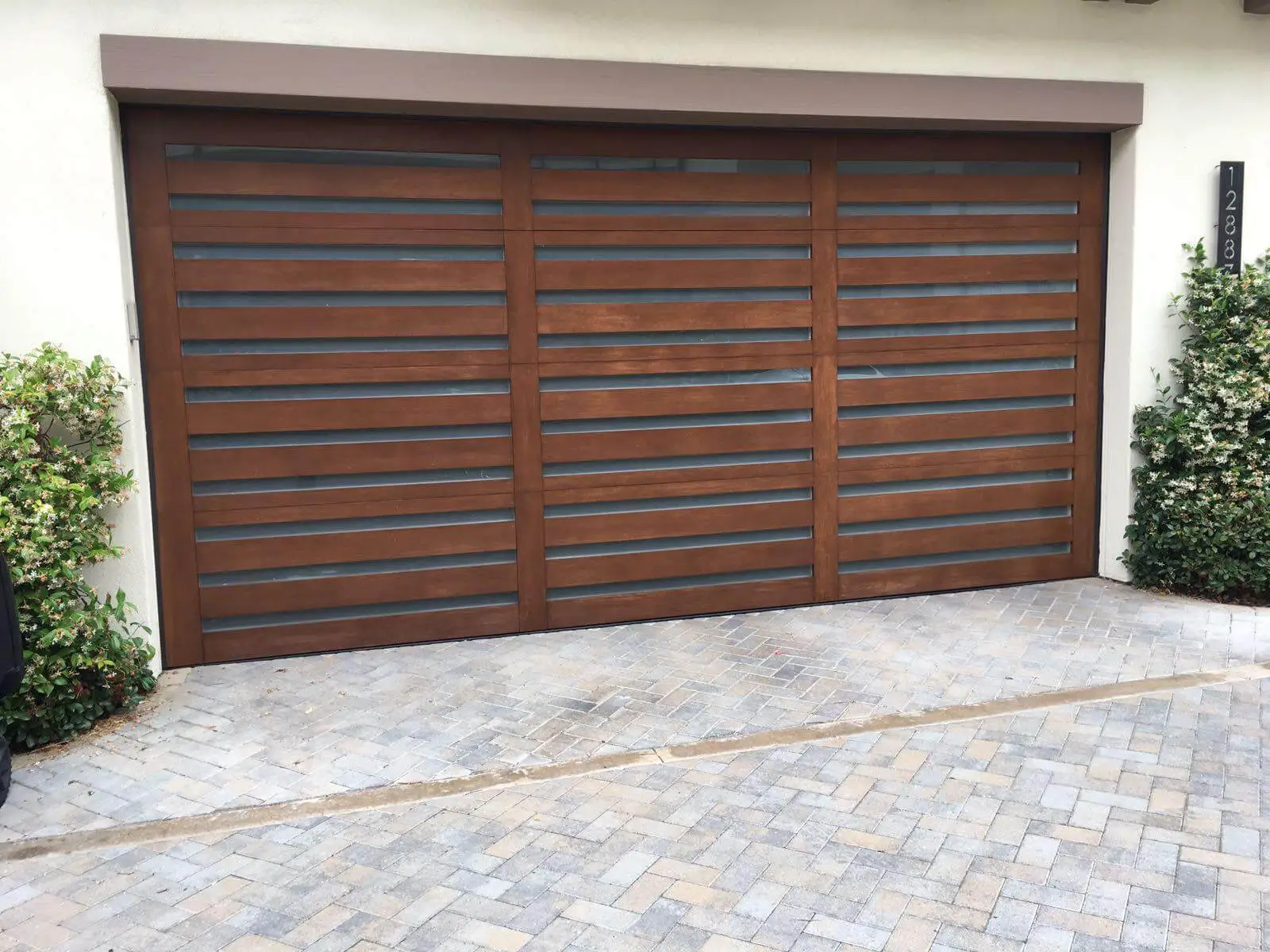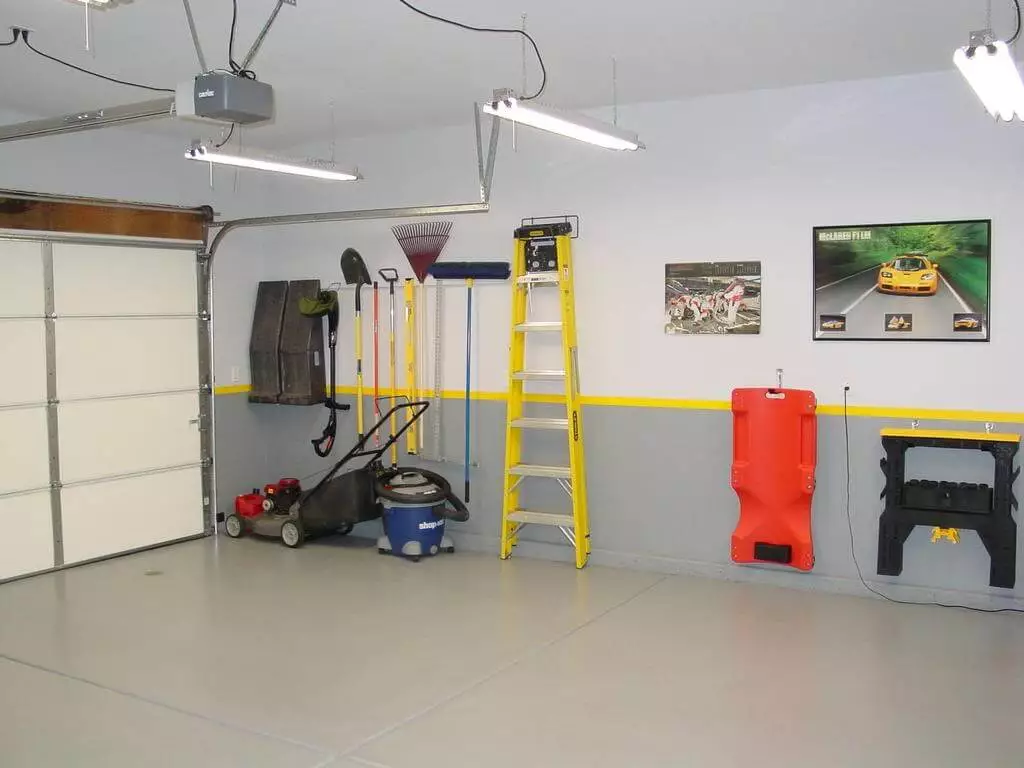If you hear a loud ‘ping’ coming from your garage and then notice your garage door no longer functions properly, there’s a good chance the torsion spring has snapped. Torsion springs are placed on each side of the garage door and provide the lifting power to open and close the door. These springs are under high tension and can cause serious injury if not disengaged safely when broken. In this post, I’ll show you how to disengage a sheared garage door torsion spring as quickly as possible while prioritizing safety.
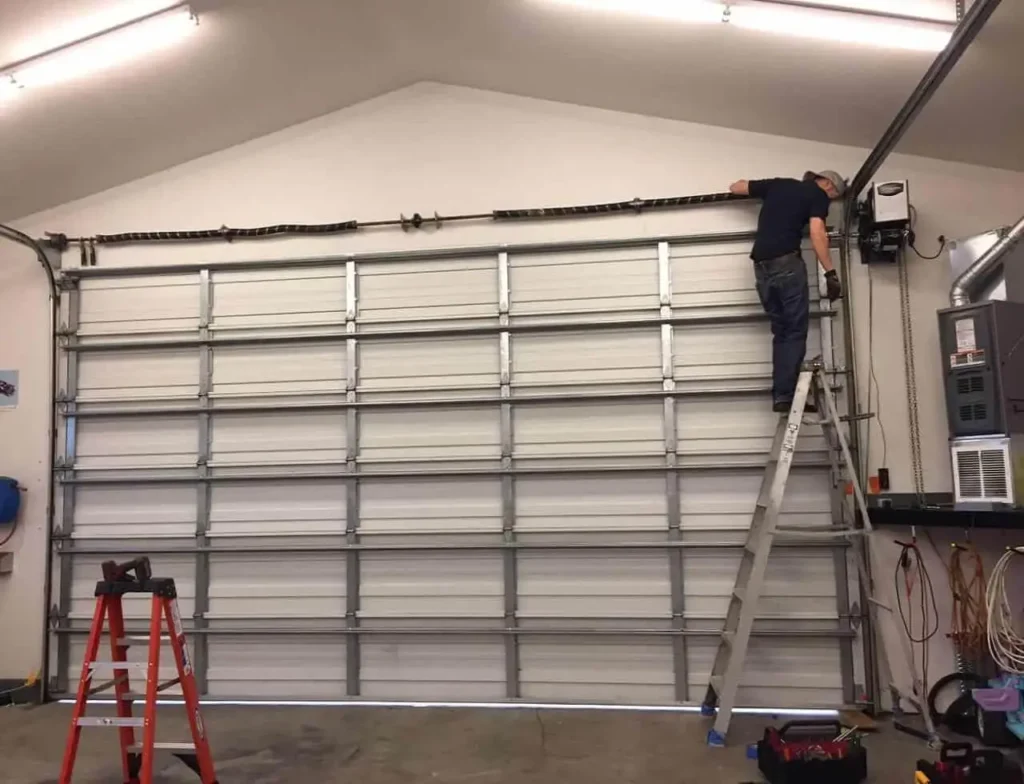
Content
Safety First
The first step when disengaging a broken torsion spring is safety. Those springs store a tremendous amount of potential energy and can whip around fast if not secured properly. Make sure to wear protective eyewear like safety goggles or glasses before beginning this process. You’ll also want thick work gloves on to protect your hands in case the spring comes loose unexpectedly. It’s also a good idea to have someone help you as an extra set of eyes and hands.
Locate and Mark the Broken Ends
With safety gear on, inspect the torsion springs on each side of the door to locate which one is broken. You’ll see the remains of the coil hanging free from the shaft it normally wraps around. Use a marker or grease pencil to mark the broken end of the spring coil so you know exactly where it is. This helps sight the detached ends for securement later.
Wrap the Broken Ends
The next crucial safety step is wrapping the loose ends of the broken spring. This prevents them from whipping around if they come loose from the securement step. Wrap the ends tightly with several layers of duct tape so they are fully encapsulated and can’t move freely. Make sure the tape is thick and fully covers the broken ends.
Secure the Spring Ends
Now it’s time to actually secure the broken spring ends so the spring tension is released from the system. Gently insert a board or 2×4 piece of wood between one of the spring coils and the wall to take pressure off that side. On the other side, lace a nylon strap or rope around the broken end and pull it tight before tying it off securely. Slowly remove the board and check that the spring is now slack and torsion has been removed.
Remove the Spring
With the spring fully disengaged, you can now remove it from the system. Starting at one end, carefully unwind the spring coils so it lifts outward and away from the garage door system. Watch for any remaining tension and go slow. Slide out and remove the entire spring and dispose of it properly. Be sure both sides are now empty before moving to install the replacement.
Consider Professional Help
While disengaging a busted torsion spring yourself provides satisfaction from a DIY project, it really is dangerous work. The tremendous energy stored in those springs can cause serious injury if something goes wrong. As such, you may want to consider calling a pro like Garage Door Spring Repair in Midlothian to safely remove and replace the springs instead. Experienced technicians have the right tools and know-how to do the job rapidly while minimizing risks. It’s often worth paying a small fee for the assurance of safety on such a hazardous repair.
Replacing the Springs
With the broken springs out, you are now ready to install the new replacement springs. Most replacement springs come with detailed instructions for proper installation. Be sure the new springs are oriented and mounted correctly before attaching supports, cables and other components. Take time to double check all parts are in working order before testing the fully repaired garage door. With any luck, it should function like new once more.
In summary – torsion garage door springs can be downright dangerous if broken. However, by prioritizing safety, marking, wrapping and carefully securing the spring ends, you can disengage one quickly when needed. Still, professional help may provide piece of mind given the risks. The small investment ensures a safe repair and prevention of potential injuries down the road.

My name is Dana Benally. I post about home improvement ideas and how to make your home look beautiful and liveable. I hope my posts will help you with your DIY projects!

